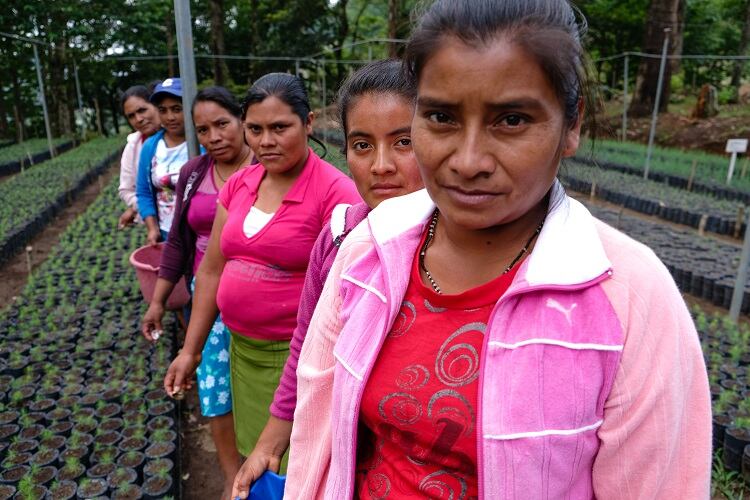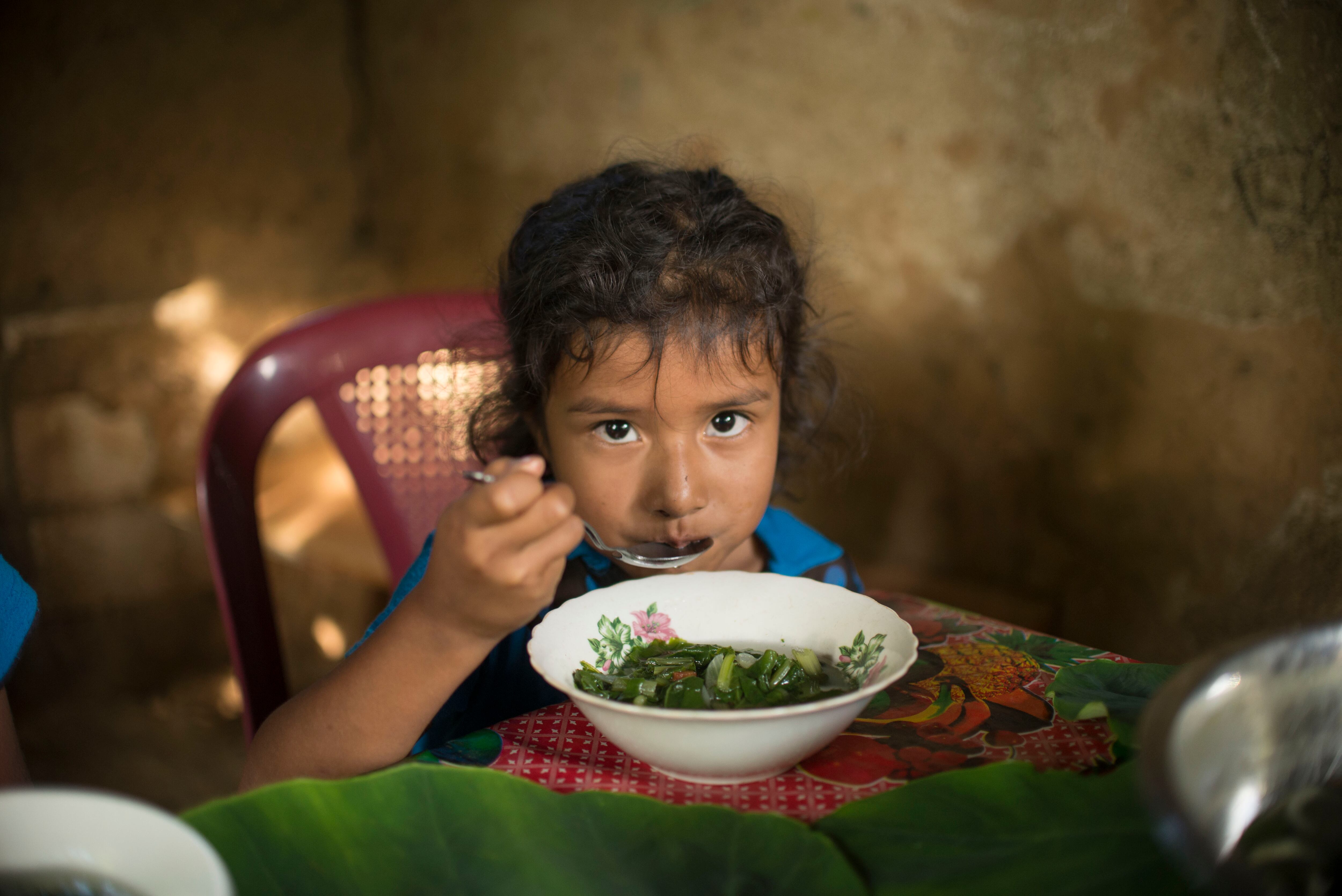Every year, there are 3.6 million more obese people across Latin America and the Caribbean and with hunger affecting 39.3 million, between 2016-2017 the number of undernourished people grew by 400,000, according to the Panorama of Food and Nutrition Security 2018 report.
Published this week by the United Nations Food and Agriculture Organization (FAO), Pan American Health Organization (PAHO), United Nations Children's Fund (UNICEF) and World Food Program (WFP), findings revealed certain population groups were most at risk of hunger, malnutrition, lack of micronutrients, and overweight and obesity. Specifically - people with lower income, women, indigenous people, Afro-descendants and rural families.
For example, it showed that 8.4% of women in Latin America live in severe food insecurity, compared to 6.9% of men; indigenous populations suffer greater food insecurity than non-indigenous people; and in ten countries, children from the poorest 20% of households suffer three times more stunting than the richest 20%.
Within all of this, the report said obesity had become the “greatest nutritional threat” in Latin America and the Caribbean, with nearly one in four adults obese and 7.3% (3.9 million) children under the age of five overweight.
A 'rapid change' in food patterns
The FAO, PAHO, UNICEF and WFP said “one of the main causes” of rising malnutrition and obesity rates in vulnerable population groups were changes to food systems – the cycle of food from production to consumption.
“These changes have affected the entire population, but the most excluded members of society have suffered the worst effects; while many have increased their consumption of healthy foods such as milk and meat, often they must opt for cheap products with high fat, sugar and salt content,” the organizations said.
Speaking to FoodNavigator-LATAM, FAO Food Security Officer Ricardo Rapallo said there had been a “rapid change” in food consumption patterns over the past few decades globally, especially marked in the Latin America-Caribbean region.
“This change results in food diets with more access to meat or milk, but also that rely relatively more on processed and highly-processed food, and less on fresh food and water,” Rapallo said.
These processed foods tended to be higher in sugar, sodium and fats, he said, and lower in micronutrients like vitamins, contributing to diets that “increase the risk of overweight, obesity and non-communicable diseases (NCDs)”.
Crucially, these products were now readily available and affordable to “most of the population”, he said, meaning consumption had risen and processed and highly-processed foods considered more popular.
“This combination of money and time-saving, as well as consumer preferences, has increased the participation of the industry in the provision of food at local and national level. So, now a poor household either in rural or urban areas can have easier physical and economical access to various sources of food, including the food produced by the industry.”
We must ensure 'access to balanced and healthy foods'

Rapallo said that food and beverage manufacturers, therefore, could play “a significant role to curve the problem of overweight and obesity by changing the way they produce food and beverages” – reducing sugars, sodium and fat content in products, for example.
Reformulation actions were already underway, he said, with a clear shift over the last decade and certain countries like Argentina, Brazil, Chile and Mexico, among others, had also established standards in order for industry to reduce salt and fats in food.
But, was this enough?
Carissa F. Etienne, director of PAHO/WHO, said moving forward, it needed a multi-sectoral approach.
“...One that ensures access to balanced and healthy foods while addressing other social factors that also impact on these forms of malnutrition, such as access to education, water and sanitation, and health services,” Etienne said.
Access to universal healthcare also had to advance, she said, ensuring people could receive the care and prevention measures necessary to curb malnutrition and its long-term consequences.
The FAO, PAHO, UNICEF AND WHP all said countries in the region had to implement public policies to “combat inequality and promote healthy and sustainable food systems”.
The roots? Combating inequality
Maria Cristina Perceval, regional director for UNICEF Latin America and the Caribbean, said looking at the social and economic factors impacting children's health in the region was one important area.
“Stunting is closely correlated with inequality and poverty, but overweight is also increasingly affecting the poorest children. They face conditions of high social and economic vulnerability and suffer from inequitable access to health services and healthy diets,” she said.
Miguel Barreto, regional director of WFP for Latin America, said gender equity was also vital to consider.
“We need to strengthen it in practice, which involves promoting equality in access and control of household resources, as well as in decisions to empower women in equality,” he said.

